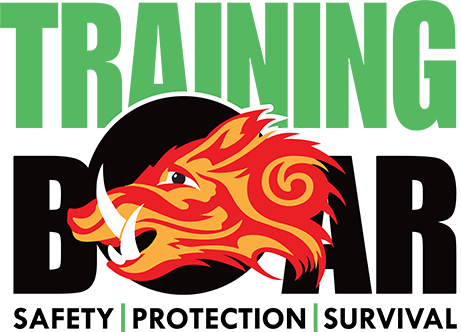Switchboard arc flash burns prompt urgent safety warning
Following yet another arc flash injury caused by failing to test a circuit before work started in a switchboard, the Electrical Safety Office is issuing an urgent callout to electrical workers – it’s time to reset your safety focus and test before you touch.
The ESO is investigating three other serious electrical incidents where electrical workers received significant arc flash burns working on or near energised equipment in a switchboard. The injured workers were either performing electrical testing, working near other energised parts or had failed to correctly isolate the circuit before commencing work.
Working in switchboards carries a greater risk of injury due to a greater presence of high fault current and work often being carried out within a confined space. If possible, turn off the power to the entire switchboard, even if this means rescheduling the work to another time.
If you must work live, for example when testing or fault finding, you must conduct a risk assessment. However, the risks associated with performing work near exposed live parts can be equivalent to those associated with live work. Typical risks include:
- electric shock if exposed energised parts are touched
- explosion, for example if a metal tool is dropped onto bus bars causing a short circuit
- exposed high-temperature parts causing burns to bare skin
- electrical fires induced by allowing moisture or dust to enter electrical equipment.
If there is a safety risk associated with working near energised electrical parts, a written risk assessment should be conducted to determine the risk level and decide on appropriate risk control measures. For the risk of arc flash, the risk assessment must consider the level of possible fault current present at the board. Take into account:
- the physical size of the switchboard
- the size of the incoming consumer mains
- high fault current ratings of circuit protection devices
- the presence of fault current limiters on the switchboard
- transformers located near the switchboard.
You must work through the hierarchy of controls to choose the control that most effectively eliminates or minimises the risk of working near energised electrical parts. This may involve a single control measure or a combination of two or more different controls. Under the hierarchy of controls, substitution, isolation and engineering controls are ranked at the same level of protection, ahead of administrative controls and then personal protective equipment.
A safe system of work or safe work method statement for managing the risk of arc flash should include:
- electrically isolating nearby electrical equipment or installation before starting work, and ensuring it can’t be reconnected while the work is being carried out
- using insulated or non-conductive physical barriers to prevent inadvertent contact with energised parts
- ensuring workers have appropriate knowledge and skills to perform the work safely
- ensuring testing procedures are in place to prove parts are de-energised before work commences
- ensuring people not required for the work are excluded from the area, by use of screens, barriers and signage
- ensuring workers have tools, test equipment and PPE suitable for the rated level of fault current.
Additional consideration should be given to using a safety observer.
Legislative breaches may be referred to the Electrical Licensing Committee for disciplinary action.
Further information
For more information on working on or near exposed energised parts refer to:
- the Electrical Safety Code of Practice 2013 – Managing electrical risks in the workplace
- AS/NZS 4836:2011 Safe working on or near low-voltage electrical installations and equipment
- electricalsafety.qld.gov.au
Article By Electrical Safety Office – Queensland Government – Source Link

